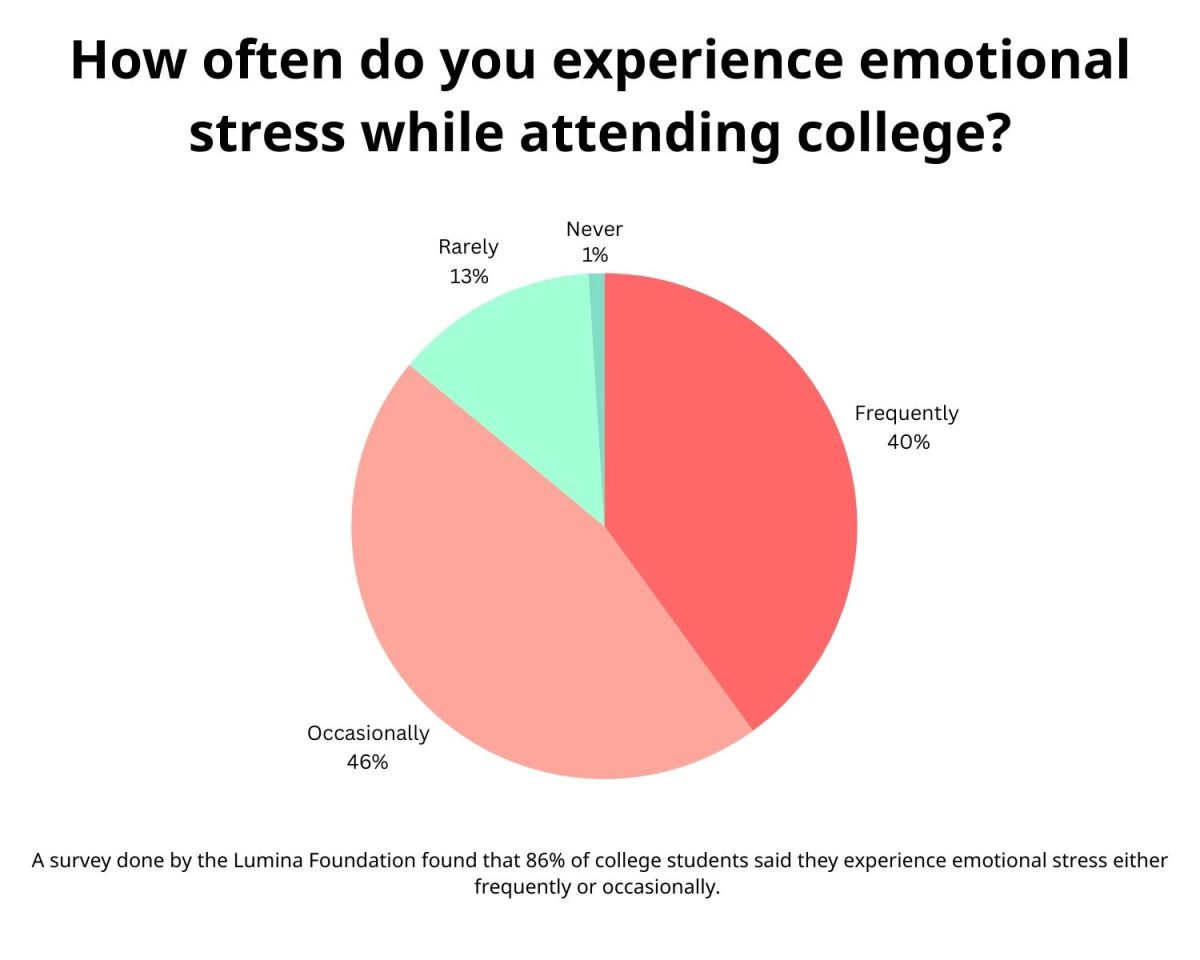One of the more controversial issues in science policy over the past decade has been the privatization of space exploration. There has been a general shift from NASA being in charge of every aspect of American spaceflight to private companies developing their own rockets and following the market to participate in space flight.
Originally with the Mercury, Gemini and Apollo programs the goal was largely to explore the limits of humans in space and to see what they were capable of doing. These missions built from the very basics up to the pinnacle of human accomplishment, the Atlas V rocket and manned extravehicular activity on the surface of another planetary body with Apollo 11 and the five other successful landings afterward with the last being in 1972, according to nasa.gov.
After the Apollo missions, America took on an air of complacency, gearing down the program and developing the space shuttles which first launched in 1981. The space shuttles were designed as low earth orbit workhorses that could carry telescopes, space station parts and satellites into orbit for various government organizations and any companies willing to pay.
There were originally five shuttles: Columbia, Challenger, Discovery, Atlantis and Endeavour, though one more, dubbed the Enterprise, was developed as a scale test module without any rocket propulsion systems.
Over the years, Americans got to know the shuttles better, as a launch from Cape Canaveral, Fla., was rather common over the 30 years and 135 missions launched there. Tragedy struck two of the 135 missions; in 1986 a faulty O ring caused Challenger to explode during takeoff and in 2003, Columbia’s left wing, according to aerospaceguide.net, “was hit by a piece of foam from the Space Shuttle External Tank (ET) during launch,” and the shuttle disintegrated on reentry to the atmosphere.
The space shuttle program was delayed while the Columbia disaster was being investigated. However, there was still a need for transport into space. For a while, everyone depended solely on the Russian Soyuz rockets and crew capsules to ferry astronauts to and from the still under construction International Space Station and to put satellites into orbit.
Therefore, after the Columbia disaster, no missions could fly for a while and they were all canceled, including a mission to the Hubble Telescope for a very important upgrade in 2004.
According to hubblesite.org, the American people responded with a long effort to get it serviced, but it was not until 2009 the mission finally was launched to resuscitate the aging telescope.
Just last year, though, the Obama administration decided to shut down the shuttle program, permanently retiring the remaining four shuttles to museums around the country. The goal of this move was not to cripple American ingenuity or science, but actually to avoid expensive cost overruns which were common in the shuttle program and to promote the private sector’s growth in aerospace industry.
NASA is still involved in robotic science missions and still pays companies to do contract work for them, but now the manned flights are being done by other groups like the European Space Agency and a new corporation which has recently begun ferrying astronauts called Space Exploration Technologies, or SpaceX.
According to MSNBC, Oct. 7 marked the “fourth flight of SpaceX’s Falcon 9 rocket, a privately built booster that has made three successful flights since 2010.” The rocket successfully launched, carrying cargo to the ISS, though it has been previously used to ferry astronauts back and forth.
This mission is particularly unique as it was intended to both resupply the ISS and to deliver a satellite into an orbit twice as high, meaning there would be an orbital maneuver after the ISS docking.
Unfortunately, as is the case with engineering projects as complicated as rocketry, one of the Falcon 9 rocket’s nine engines ceased functioning during launch, meaning the other eight engines had to compensate, using more fuel than was calculated for originally.
According to Reuters, NASA’s contract for all currently scheduled flights states if mission is not within 99 percent chance of success then the mission must be postponed or canceled and with the new, lower amount of fuel in the rocket the chance of success fell to 95.
According to Orbcomm, the company responsible for the prototype communications satellite that was to be put into the higher orbit, “had Orbcomm been the primary payload on this mission … we believe the OG2 prototype would have reached the desired orbit.”
The satellite itself was a loss, but Orbcomm is not worried by this and plans to launch the full system of 17 satellites with SpaceX in the future. The satellite failure was more of a safety move by NASA than it was any real fault of SpaceX.
This is a milestone in human spaceflight and will likely be looked upon by future generations as the real beginning of the commercial space age.
My dream is one day rockets or spaceships of some sort will lift off every hour, taking miners up to scour the asteroid belt and taking valuable resources to bases on the moon and in stable orbits around Earth and possibly Mars. It is not too far-fetched, and even with a little hitch like a dip in government funding, space exploration does not look like it is going anywhere but up anytime soon.
Categories:
Space exploration has a future
Cameron Clarke
•
October 15, 2012
0
Donate to The Reflector
Your donation will support the student journalists of Mississippi State University. Your contribution will allow us to purchase equipment and cover our annual website hosting costs.
More to Discover





